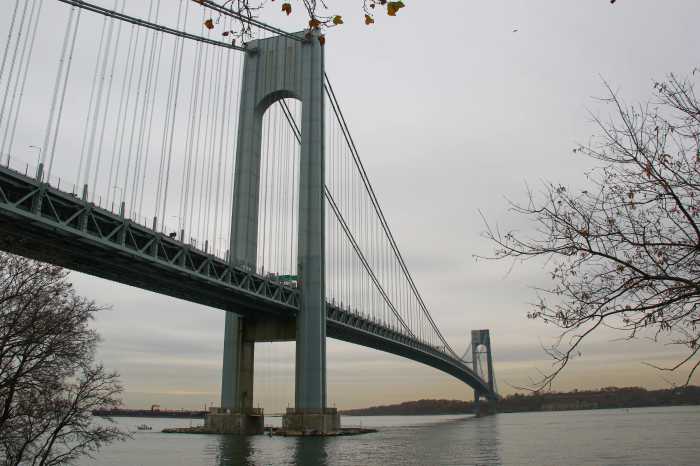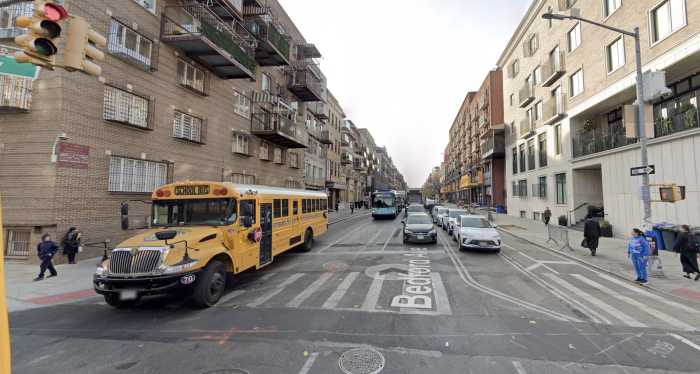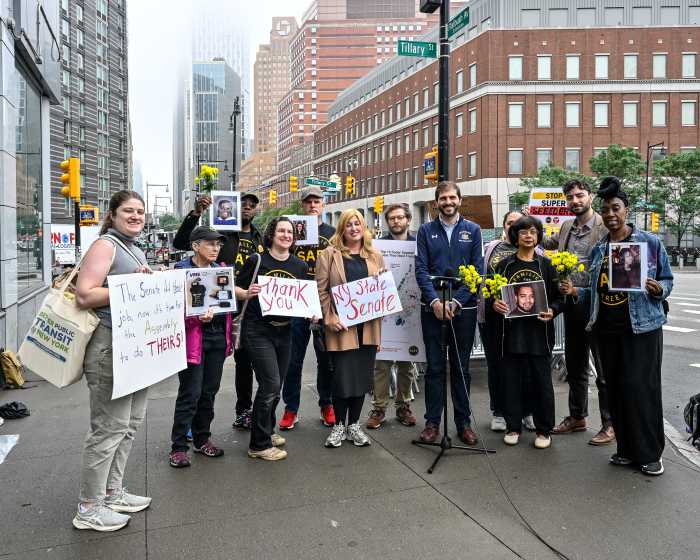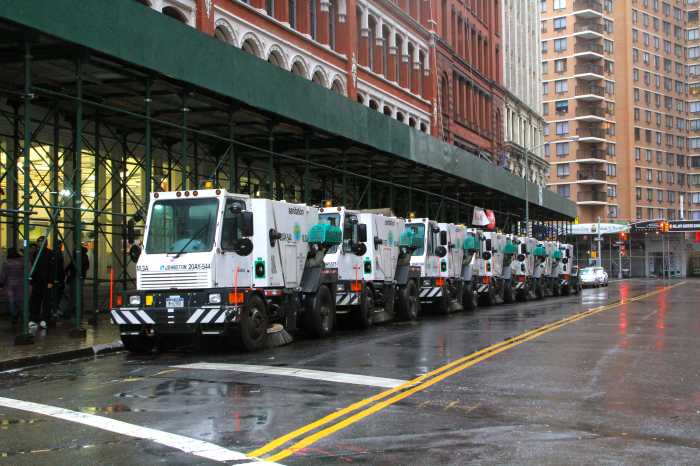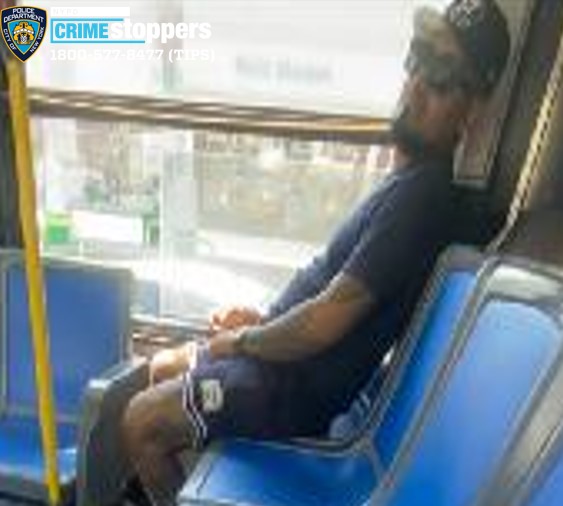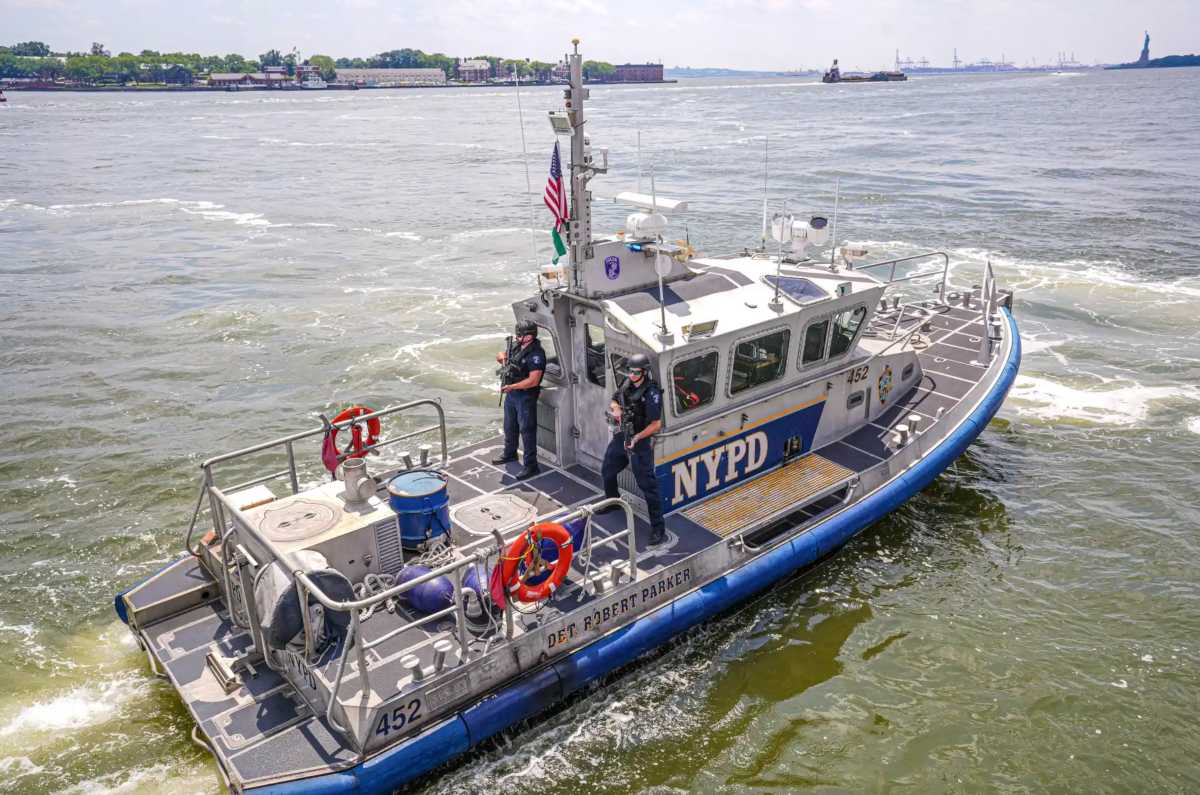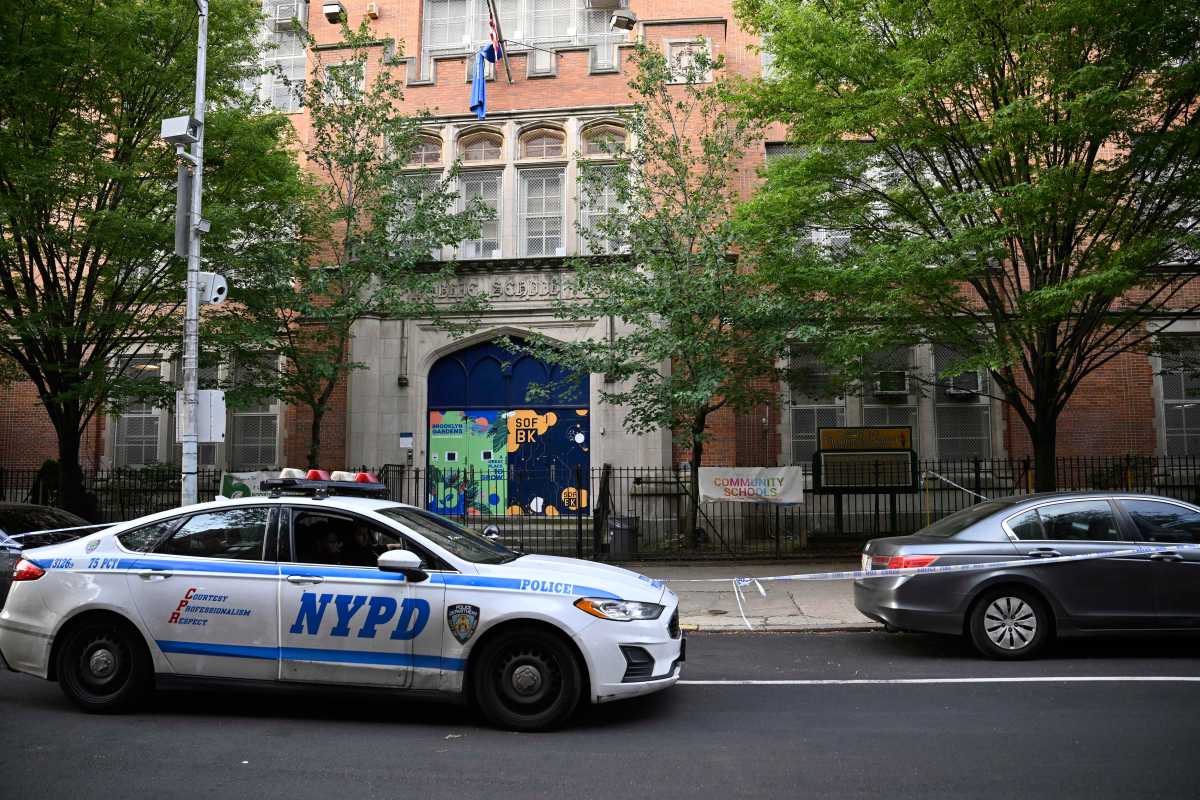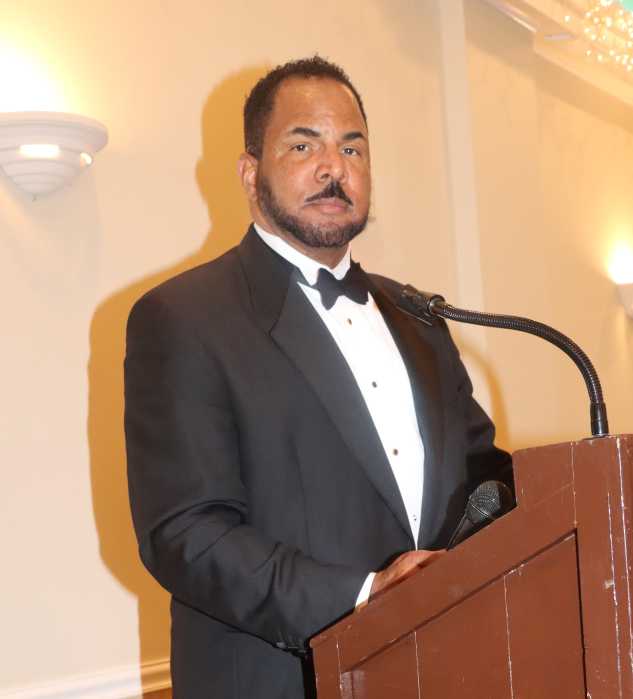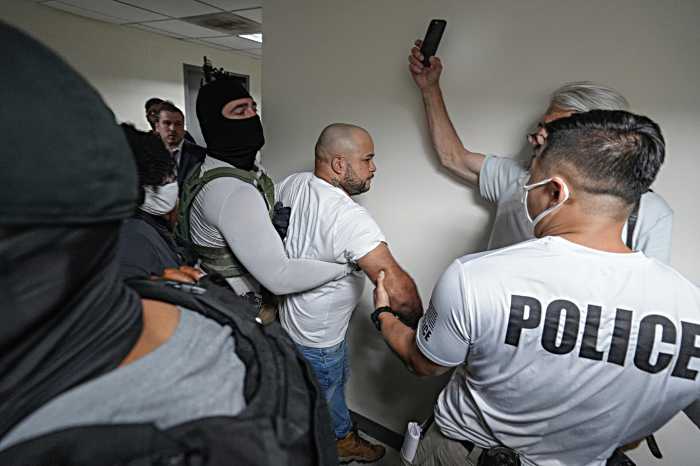Flatbush Avenue, one of Brooklyn’s busiest traffic corridors, could be set to adopt a new bus lane along its length if advocates, local pols, and the city’s Department of Transportation get their way.
Spanning Brooklyn between the Manhattan and the Marine Parkway bridges, Flatbush Avenue is arguably the closest thing the borough has to a “Main Street,” and serves as a crucial traffic artery for those traveling within the borough and to other areas of the city.
The bus running along its length, the B41, had the seventh-highest pre-pandemic annual ridership of any bus line in Brooklyn, with 7.4 million riders using it in 2019 and an average weekday ridership of 22,553, according to MTA statistics.
But the B41 does not live up to its level of ridership or to the prominence of the road it travels: it putters along the corridor’s stretch at pitiful speeds owing to the massive amounts of car traffic crammed along the avenue, so much so that it has long had to compete with hordes of dollar vans that can travel faster, arrive more frequently, drop passengers off anywhere, and while no longer actually costing $1, still generally charge less than a $2.75 MetroCard swipe.
The lack of a bus lane plays a significant role in the bus’s leisurely pace: of the Brooklyn buses with higher levels of ridership, only one other route besides the B41, the B6, does not travel in a bus lane on any stretch of its route.
Now, DOT hopes to bring a bus lane to most of the corridor, stretching from Tillary Street in Downtown Brooklyn to Avenue V in Marine Park, a game-changer for the borough’s aggrieved bus straphangers. The agency in charge of the city’s streets is holding its first planning meeting over Zoom Thursday evening, June 30, at 6 p.m. to discuss the planned lane with riders and local residents, which a spokesperson said marks the beginning of its planning and outreach efforts.
The development is a hugely welcome one for Councilmember Rita Joseph, who has represented Flatbush and Prospect Lefferts Gardens in City Hall since the beginning of this year, and who counts herself as a big supporter of a bus lane.
“Right now, the B41 is one of the slowest buses in NYC, and there’s constantly traffic on Flatbush Avenue,” Joseph told Brooklyn Paper. “Bringing a bus lane to the road will speed up bus service, while also helping to lower reliance on private cars, which will in turn help lower traffic.”

MTA buses are consistently ranked the slowest of any city in the nation, with a citywide average speed of just 8 miles-per-hour as of May, according to the MTA’s bus dashboard. The numbers are even worse for Brooklyn, where the average speed is 7.1 mph; only Manhattan records slower average speeds. The B41 in particular is slower than average, hobbling along at just 6.5 mph.
The slow speed of travel has a particularly negative impact on the city’s marginalized communities: bus riders in New York City have lower incomes on average than their subway-riding brethren, and people of color represent a disproportionate amount of riders.
The bus lane along Flatbush was identified by Mayor Eric Adams and MTA Chair Janno Lieber as a priority bus infrastructure project at a “transit improvement summit” this month, which also saw Livingston Street in Downtown Brooklyn named as a “bus priority project.” Reached for comment, an MTA spokesperson directed Brooklyn Paper to a statement made by Lieber after the summit for his thoughts on the Flatbush project.
“New Yorkers deserve a world-class transit system, and both the MTA and city leadership are committed to working together to bring real, tangible improvements for our riders,” Lieber said. “This is a new era of city-MTA collaboration that will speed up buses, make the subways safer and more reliable, and prioritize equity and accessibility in mass transit.”
Research seems to support the contention that lanes speed up buses: on 14th Street in Manhattan, the dedicated busway sped up crosstown commutes by nearly 10 minutes, city officials found, while having minimal impact on car traffic and increasing bus ridership on the lines traveling that thoroughfare.
On Church Avenue in Brooklyn, home of the B35 (the borough’s sixth most-ridden bus), a bus lane implemented appears to have improved on-time performance: MTA statistics show 68.3% of B35 journeys were on-time in the 12 months preceding the lane’s implementation in October 2019, while between May 2021 and May 2022, on-time performance stood at 74.6%.
The Flatbush lane is still in the preliminary planning phase, and will likely face significant opposition in the community input process. Joseph, despite being a supporter, says she is looking forward to hearing her constituents’ thoughts and concerns at the town hall.
“When I ran for Council, I always said that I would govern with the community, rather than for the community,” Joseph said. “This town hall is an opportunity to hear directly from the community about their thoughts on any changes to Flatbush Avenue.”



